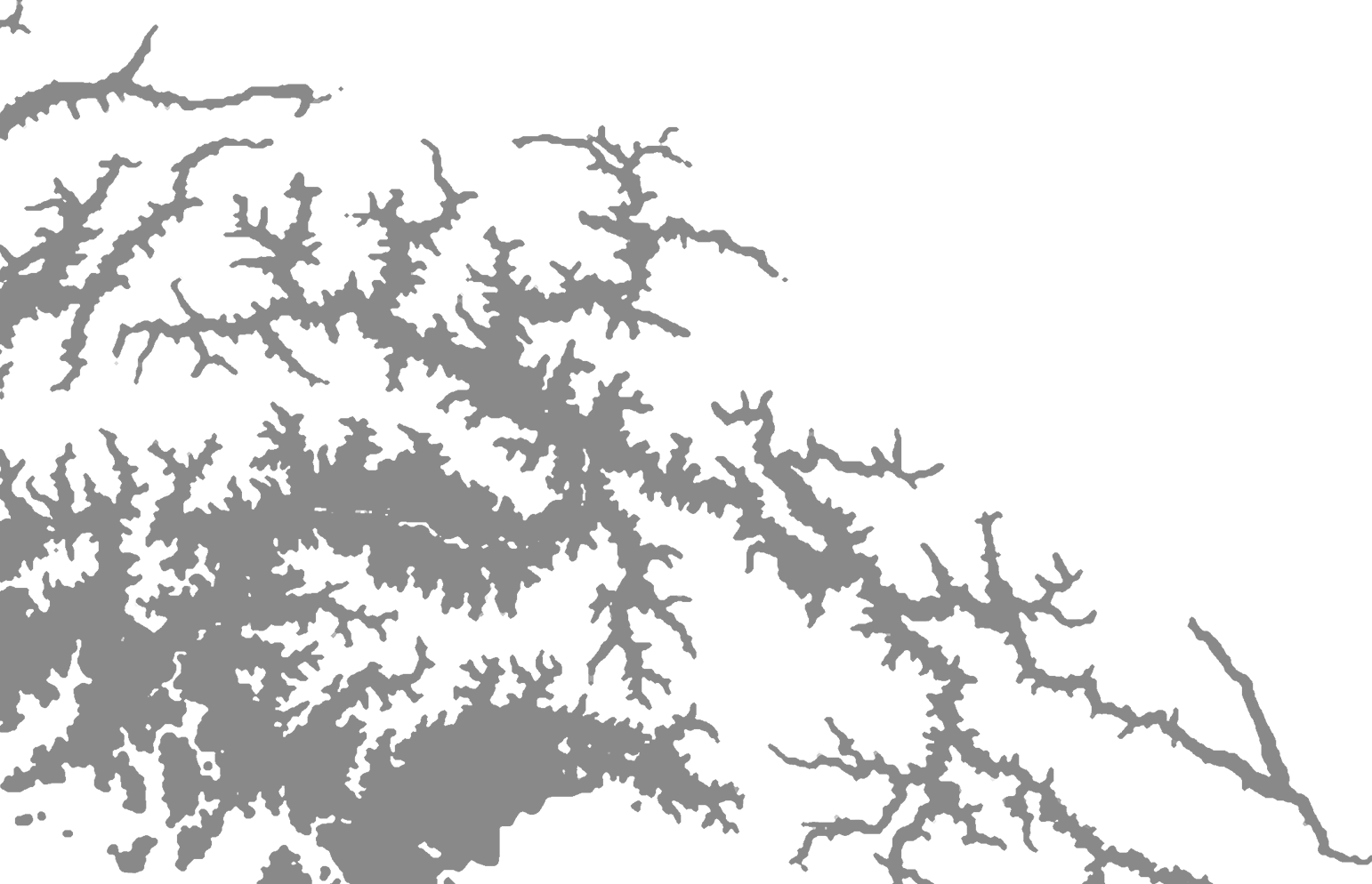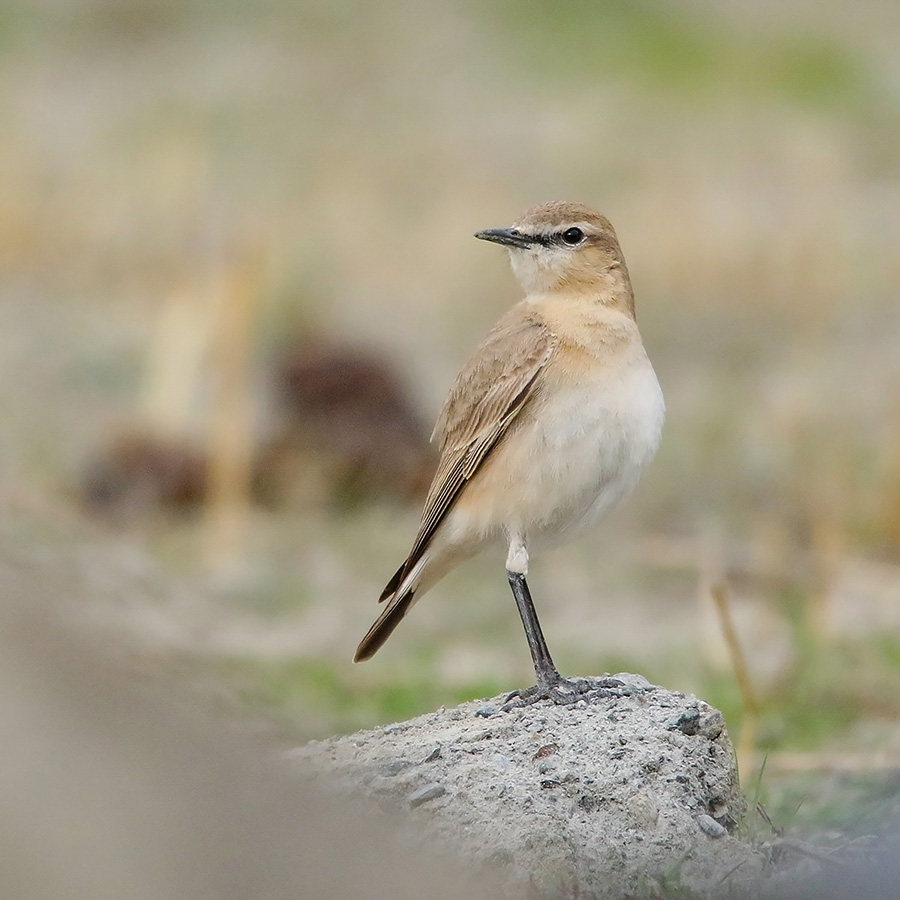Description:
Large wheatear, rather plain sandy-brown and buff. Head and bill look rather large, and legs long. Tail shorter than that of Desert Wheatear with more white at base and sides. Wings sandy-brown with contrastingly dark alula, lacking black centres to coverts and tertials. Sexes similar.
Distribution:
Common passage migrant through all the districts of Gilgit-Baltistan, mainly central region. Prefers plains and plateau with sparse vegetation and burrowing rodents, abandoned fields and margins, up to 3000m; winters in sandy semi-desert.
Behavior:
Forages mostly in cooler parts of day, using bound-and-grab maneuvers, perch-and-pounce sallying, sallying after flying insects and sally-gleaning. Feeds mainly on invertebrates and some vegetable matter. Animal material includes adult and larval beetles, flies, ants, bees, grasshoppers, bugs, termites, dragonflies and spiders.
Photo Gallery:
Range & Occurrence:


Distribution Map of Isabelline Wheatear in Gilgit-Baltistan (Status: )
Seasonal Occurrence of Isabelline Wheatear
Resources:
Birds of Pakistan: Helm Field Guides (R. Grimmett & T. Inskipp)
The Birds of Pakistan (T. J. Roberts)
Birds of the Indian Subcontinent (C. Inskipp, R. Grimmett & T. Inskipp)
Birds of South Asia: The Ripley Guide (P. Rasmussen & J. Anderton)
Birds of India: Collins Field Guide (N. Arlott)
Handbook of the Birds of India and Pakistan (S. Ali & S. D. Ripley)
Handbook of the Birds of the World (https://www.hbw.com)
The Clements Checklist of Birds of the World, 6th Edition
iNaturalist BoGB (inaturalist.org/projects/birds-of-gilgit-baltistan)
Birds of Gilgit-Baltistan (http://fb.me/birdsgb)
*Gallery images on this page are shared from flickr.com, and are copyrighted to their respective creators or owners.

